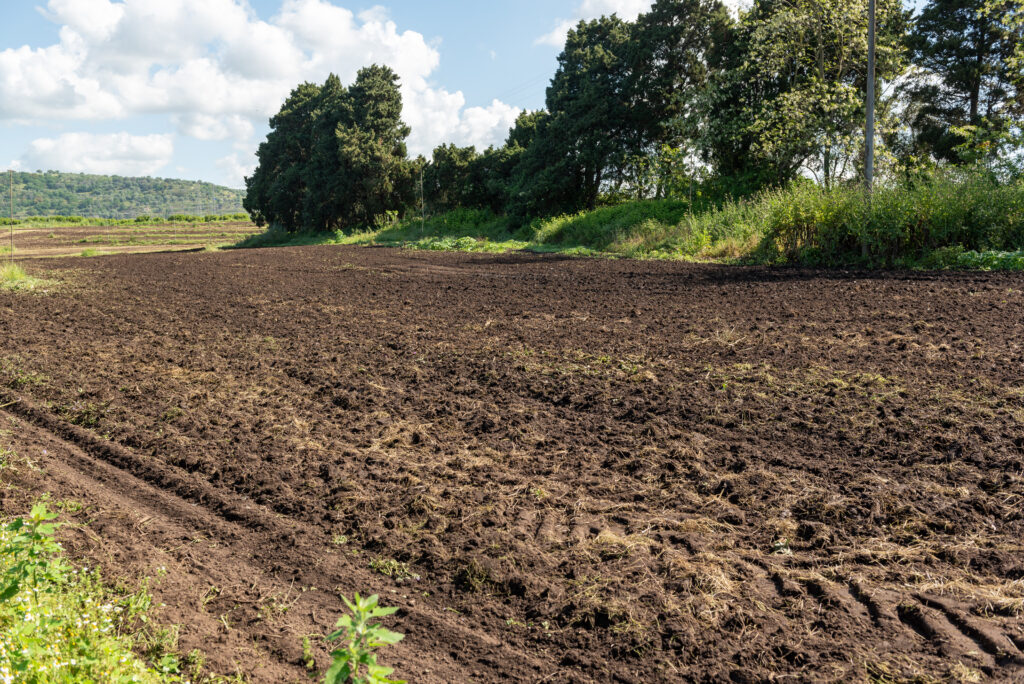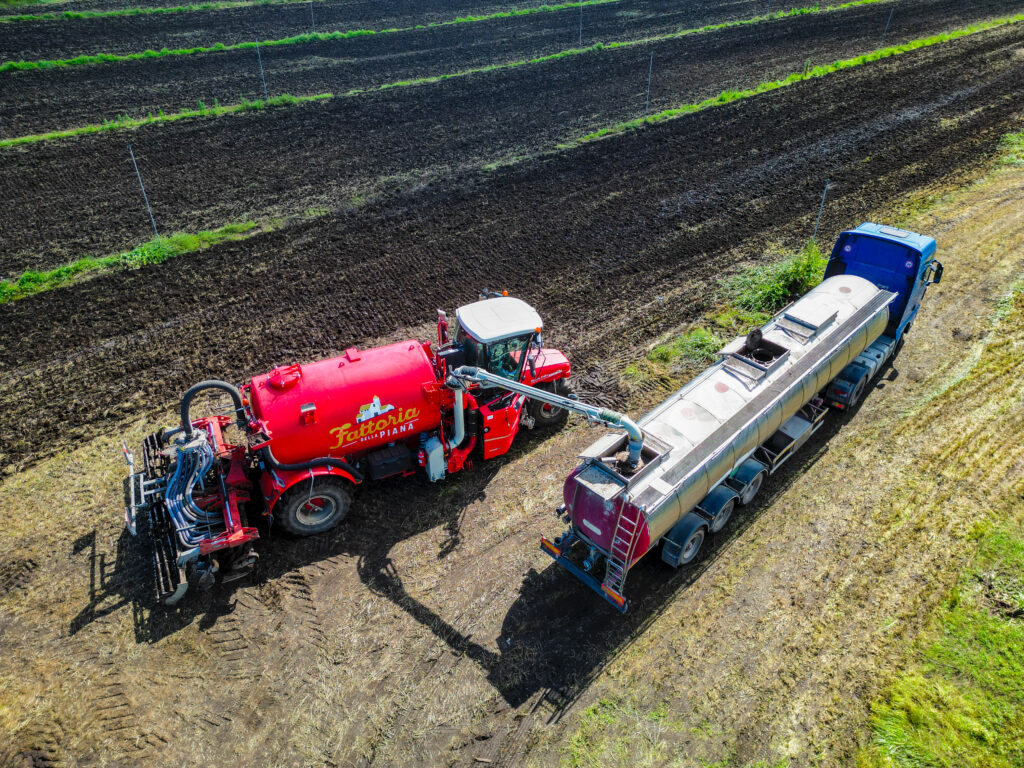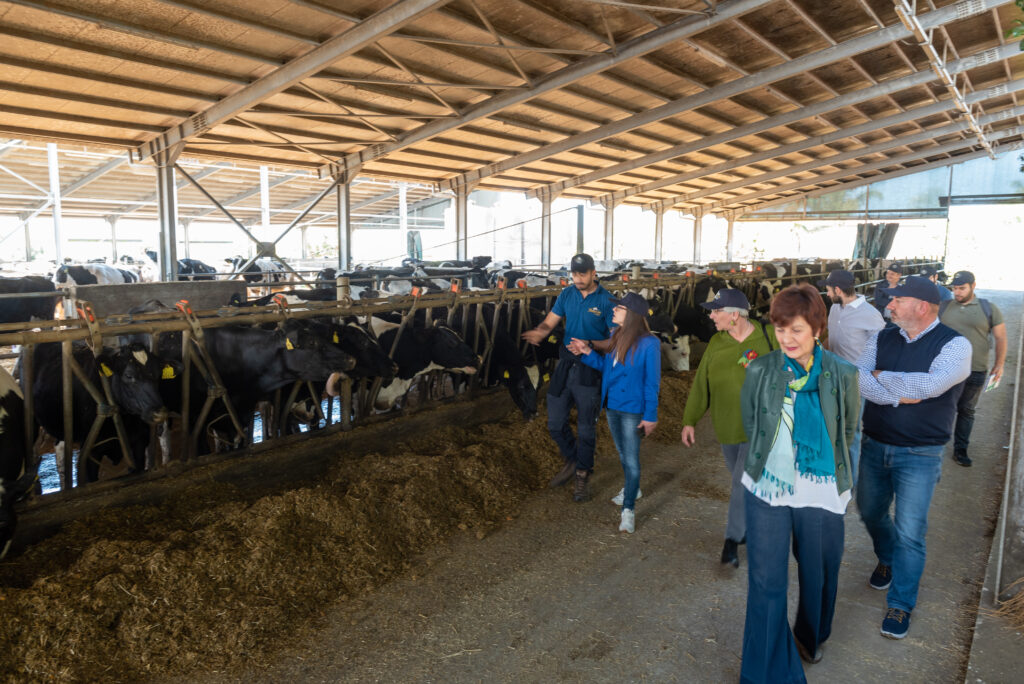On the 11th of May 2023, BIKE partners visited a farm in southern Italy, during the last Open Lab of the Project.
The selected farm is “Fattoria Della Piana”, an interesting and promising case for the implementation of circular and sustainable agricultural practices tat should guide the green transition.
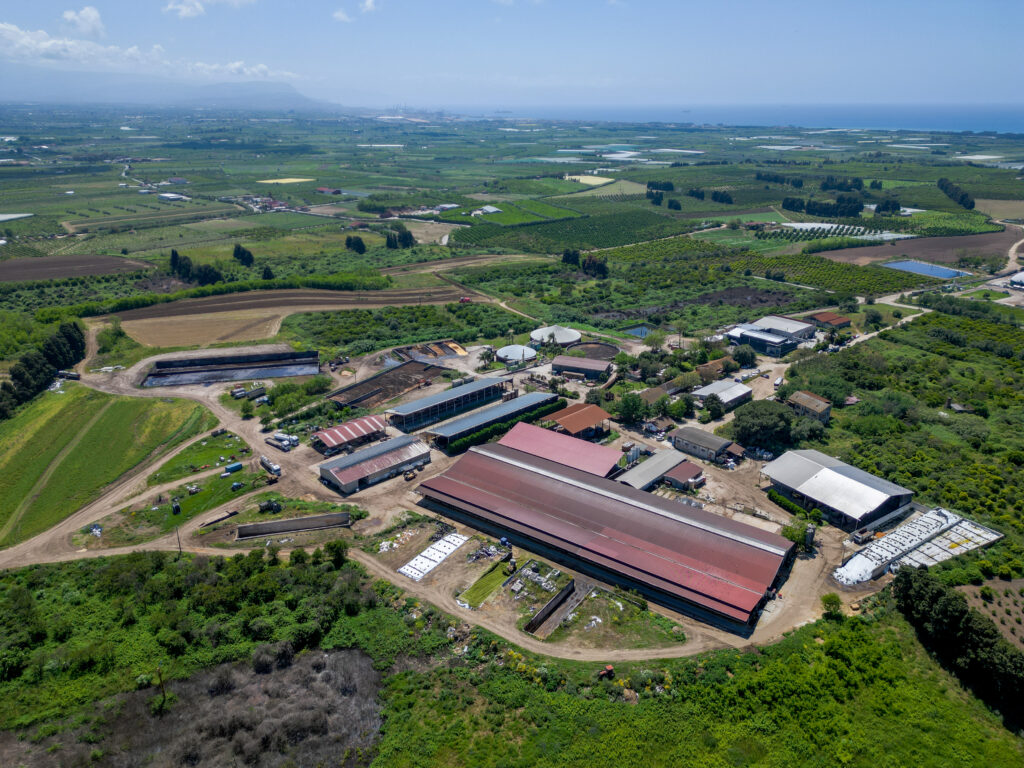
Fattoria della Piana is the biggest farm in Reggio Calabria (in Candidoni city) and one of the biggest in the south of Italy and still growing. A growth that is obtained respecting the environment and turning waste into resources.
The farm has a biogas plant of 998 kW/h fed with agricultural by-products, manure and sequential crops following the principle of the BDR and Farming for Future models.
The organic fertilizer (digestate) gives back to the land all the nutritional elements that are needed to grow high quality fodder. They produce more energy than they consume, reducing their environmental impact thanks also to photovoltaic power plants installed over the stable roofs.
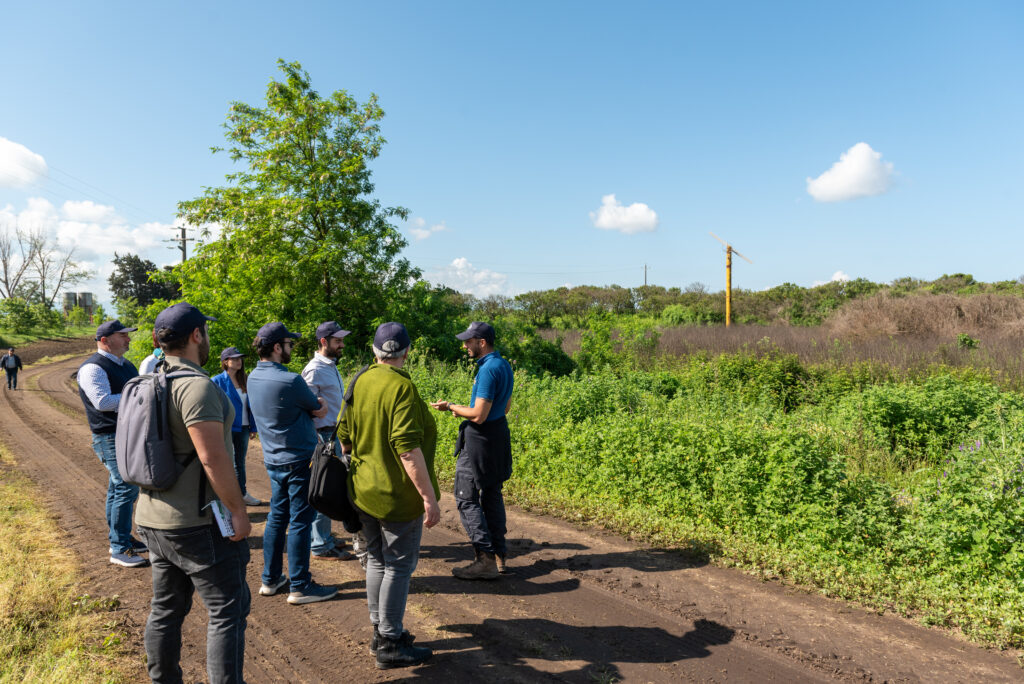
The farm acquired 103 hectares of abandoned land in 2012. The soil type is clay and the surface had low organic content and had suffered from progressive desertification. It had been abandoned due to low productivity of mixed hay cultivation. Thanks to the use of digestate over the last 9 years it has had progressively higher organic matter in the soil and as a result, higher productivity. Indeed, now they are able to cultivate Corn as primary crop and grain as secondary crops in those lands.
Their main barn has 900 cows, and they collect sheep and cow milk from 90 smaller stables. Every year the
farm transforms 3 million litres of sheep milk and 3 million litres of cow milk.
Fattoria della Piana is member of CIB, the Italian Biogas Consortium, and it was selected as a case study for the purposes of the BIKE project. Here a virtuous system is effectively in place, where an abandoned land has been rendered fertile again, making it available for cultivating new crops, without causing no land displacement.
